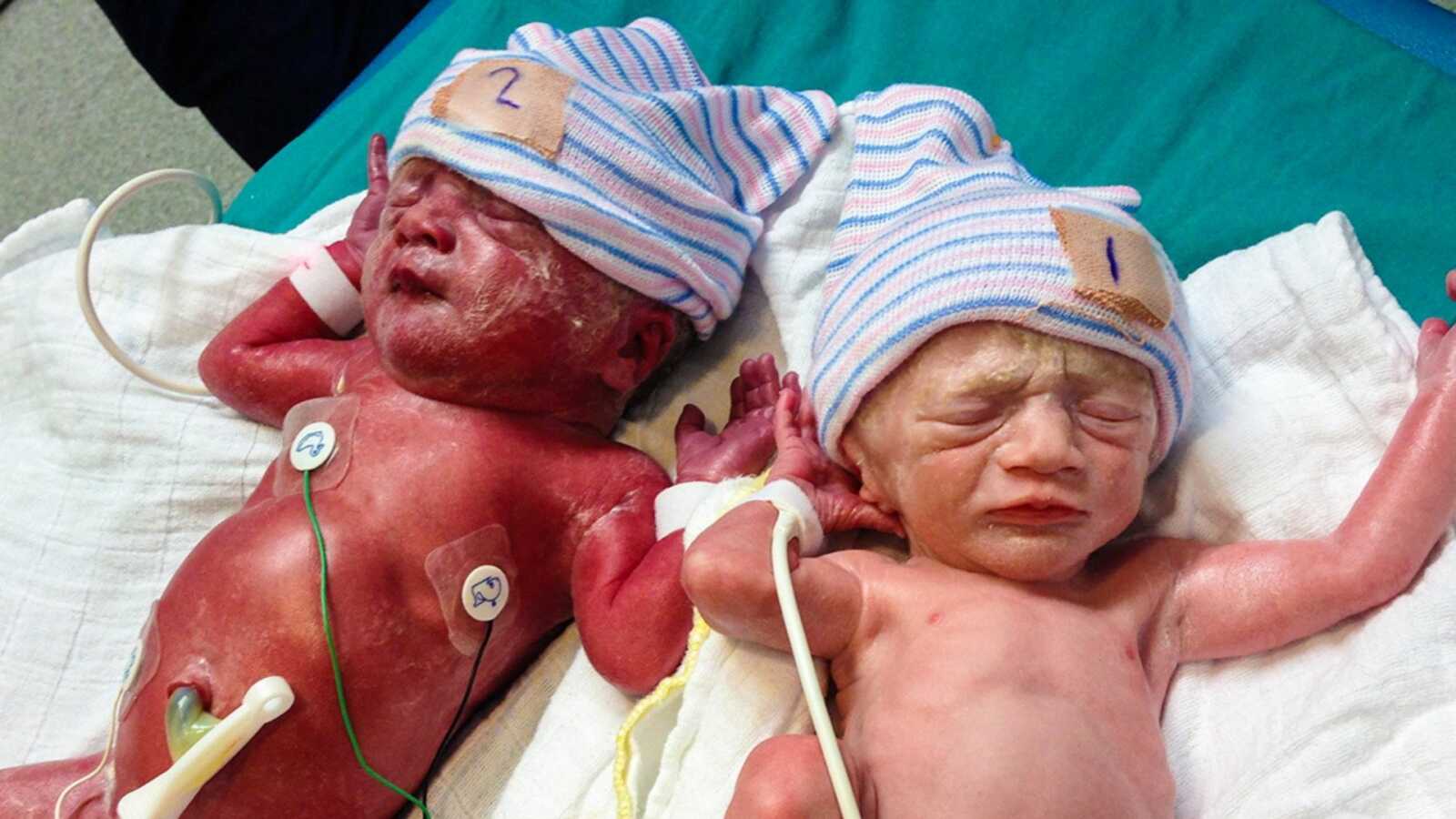Rare Twins: How Their Disease Changed Our Lives
The day I was told I was having twins changed my life. We weren’t expecting this news, as we had had an ultrasound only a few weeks earlier that showed just one tiny beating heart. The shock and the surprise came with a complete turnaround in our care, from being cared for by midwives to being transferred to hospital care. Our high-risk specialist confirmed we had monochorionic, diamniotic twins (or MoDi), and placed us on a bi-weekly monitoring schedule. We felt safe and secure in the knowledge that we were being looked after and looked forward to a life of twin parenting.
When Your World Is Turned Upside Down
Everything was going so well, until our 23-week scan. Here, it was shown that we had developed Twin-Twin Transfusion Syndrome (TTTS), and we were rushed to a specialist hospital an hour from our home. Here, the diagnosis was confirmed, and they were also concerned as we showed signs of having an even rarer disease. This disease was Twin Anemia Polycythemia Sequence, (TAPS), and at the time, very little was known about it.
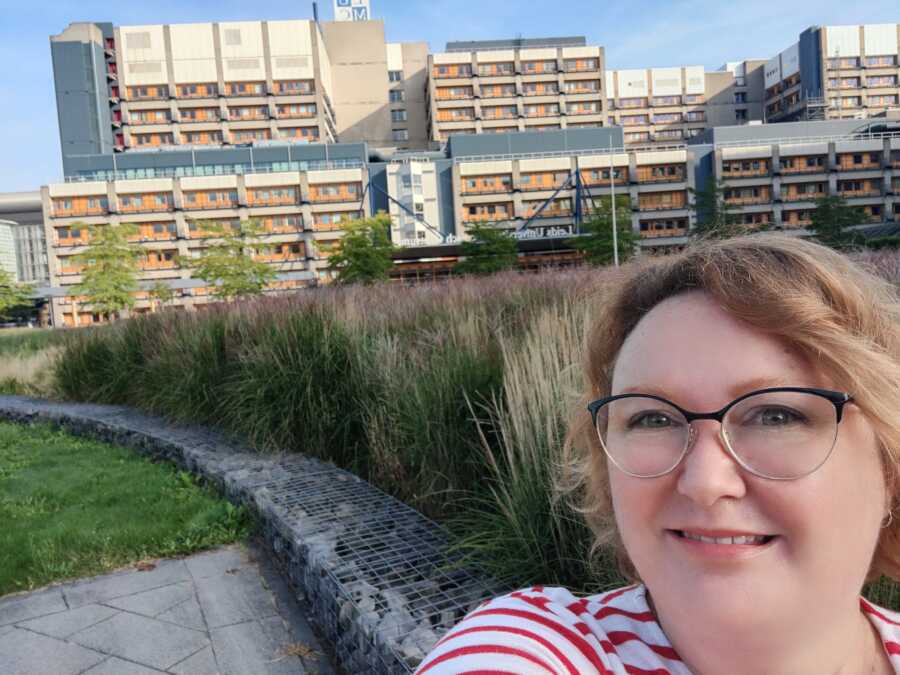
TAPS is a different disease from TTTS (although some people incorrectly call it a form of TTTS). It’s caused by tiny connections in the placenta, less than 1 millimeter thick, and it causes one baby to become anemic. The other has thick blood, like ketchup. It is a new rare disease, only named 15 years ago, and many doctors do not screen for it. We were fortunate because the hospital we had been referred to named the disease and were the world experts in TAPS.
However, even though they were the experts, TAPS was so new that they couldn’t give us a lot of information. They monitored us closely, and we waited every day for a change. Things grew steadily worse.
An Emergency Delivery
Every 3-4 days, for the next 7 weeks we traveled to the referring hospital to be checked. Things progressively got worse, until at 31 weeks when they thought they saw a shadow on the brain of one of the girls, meaning she had possibly had a brain bleed. At this time, they decided to deliver the girls quickly, and manage them on the outside.
At 31 weeks, my girls were delivered. Both were tiny, one very pale and thin, the other red, puffy. Both were dangerously ill, but thanks to the team at the hospital, they were well looked after. My anemic twin had 2 blood transfusions, and my twin that had too much blood had blood taken from her, and her blood thinned out. They were critically ill for a few weeks.
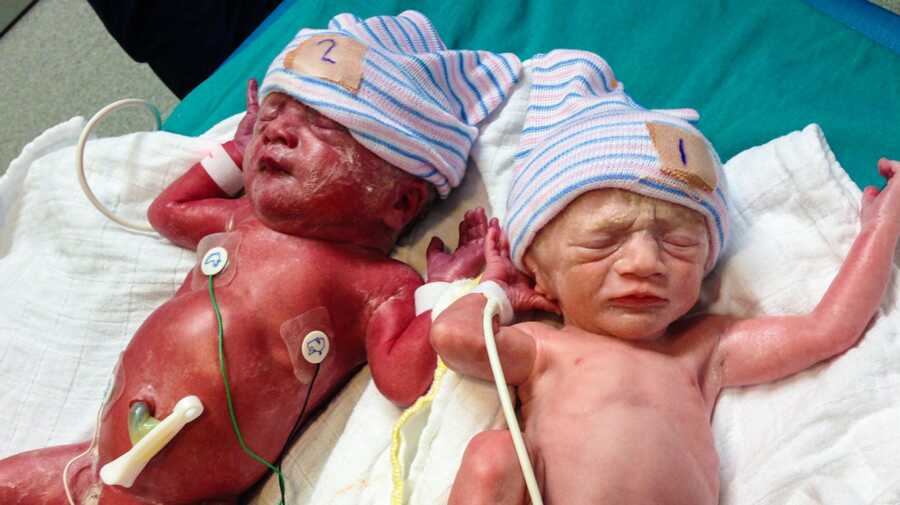
Our disease is so rare that my girls even became the ‘stock’ image for it, with their birth picture shared all over the world by researchers and hospitals. It’s one of the reasons why we talk about TAPS so much because their picture is so widely recognized that people need to hear the story behind it.
We spent a lot of time in the NICU, by their incubators, singing songs, talking with them over our hopes for them. We sat through infections, and transfusions, and all kinds of procedures, all the time channeling our energy into them being well enough to maybe one day come home. And 5 weeks later, one of my girls came home. And then, almost 2 weeks after her, our family was complete at home.
A Long Road
Even though the girls were home, and healthy, the next years were full of concern about their future. You see, we didn’t know what the long-term effects of TAPS were going to be and how it would affect them. We also ran into a lot of issues with doctors thinking that they had TTTS, not TAPS, and not doing the right testing on them. Outside of our main hospital that named it, no one had heard of TAPS, and they didn’t seem to be interested in opening their minds.
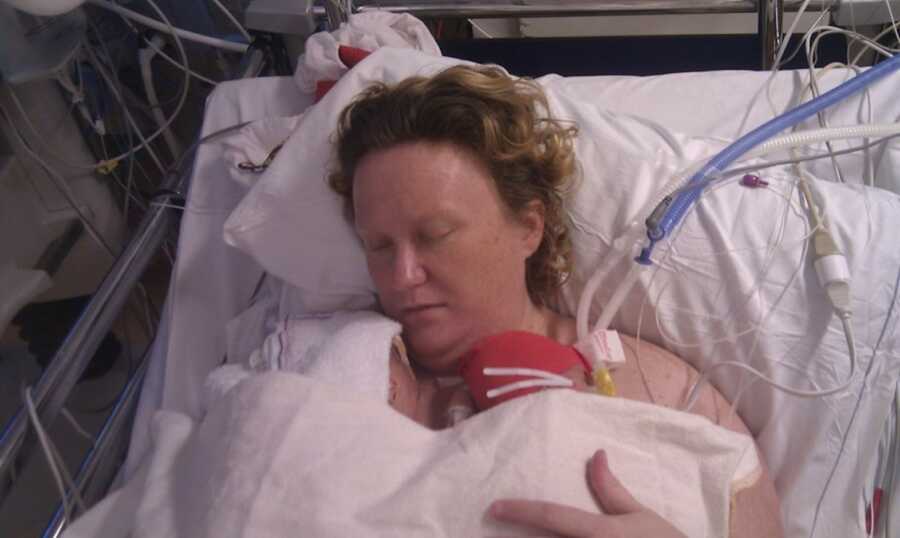
Our girls had minor delays that turned into bigger delays. Our smaller twin had problems with speech, and both had developmental issues. For years we had to push for referrals, and finally, we found some doctors who would help us, and listen to us that TAPS wasn’t TTTS, and they needed some extra help. From here, we got an autism diagnosis, and also some extra help with therapies for both girls, and our lives improved.
What I Learned
Over the past years, I’ve learned that there’s not a lot of awareness about Twin Anemia Polycythemia Sequence, or rare diseases in general. There are some amazing doctors out there who dedicate their lives to research, but there’s a lack of funding and awareness for rare diseases.
My story, and the incredible care that we received, inspired me to give back to the research world. I started a Facebook group for TAPS and wrote about my story everywhere. I was invited to speak at symposiums, and even helped publish research papers about the myths around TAPS. I’ve stayed in touch with the team that diagnosed us, and have even become friends with them. Their passion for wanting to help families has inspired me to help them.
I created a foundation to raise money for research into TAPS last year. Recently we were able to give back to the same team that saved my girls’ lives, as well as countless others, $13,000 to fund a researcher to learn more about TAPS and its long-term effects. This is an incredible feeling, as I can finally give something back to the team that gave me the gift of my daughters.
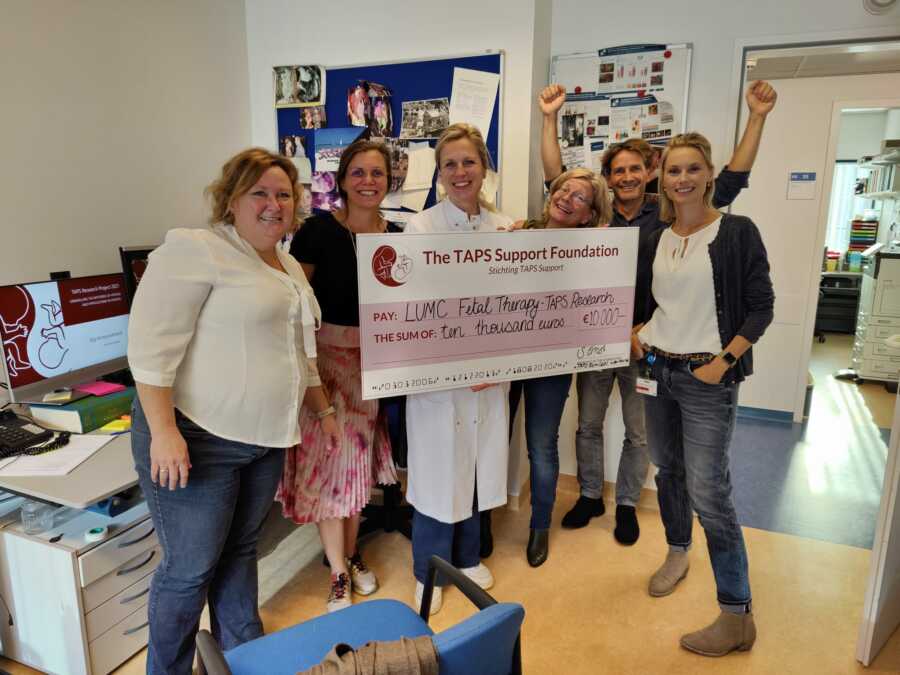
My Advice
A TAPS diagnosis can be confusing, scary, and create a lot of uncertainty. But look for good, supportive online communities that welcome you and let you share your story. Because research is always evolving, make sure you find one that is up to date and shares the latest research with you – because this is so important.
And if you’re having twins, buckle up for an incredible ride. Make sure you’re getting amazing care, and that you’re being looked after – especially when it comes to screening. And remember, you’re not along with your diagnosis, ever.”

This story was submitted to Love What Matters by Stephanie Ernst. Submit your own story here, and be sure to subscribe to our free email newsletter for our best stories, and YouTube for our best videos.
Read more stories like this:
Provide hope for someone struggling. SHARE this story on Facebook with family and friends.

